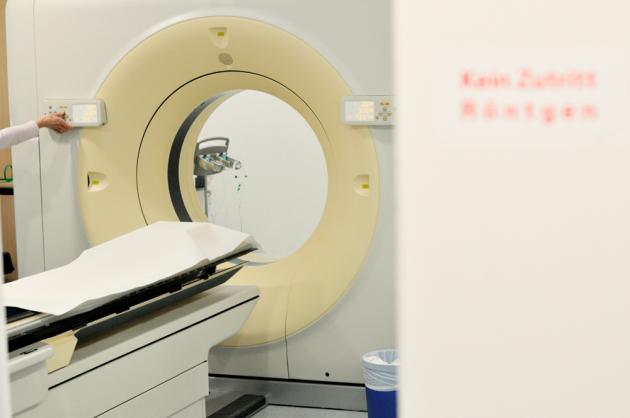The deterioration of medical equipment at hospitals has emerged as a serious problem.
Rep. Kim Sang-hoon of the opposition Liberty Korea Party made the revelation based on data released by Health Insurance Review & Assessment Service (HIRA)건강보험심사평가원.
According to the data, the number of medical equipment used by Korean hospitals reached 832,063 as of July 31, and 207,585, or 24.9 percent of the total, were too obsolete to know their manufacturing date and the period of use.

Specifically, relatively new equipment whose period of use was less than five years accounted for 25.4 percent, with 211,599, devices with the service life of five to 10 years were 3.4 percent (194,810) and those with 10-20 years were 24.1 percent (200,164).
The obsolescence of expensive specialized medical devices such as CT and MRI is especially severe, it said.
These special medical devices are used so frequently that their functions rapidly depreciate, and hospitals experience difficulties securing parts and components for the imported machine, the report said. All this lead to the severe deterioration of the equipment compared to other devices, it added.
The obsoleted medical devices pull down the quality of medical checkup and increase the ratio of reshooting.
In the case of CT with high examination cost, for example, 18.4 percent of patients who took a picture at one hospital and visit another institution within a month have to retake their pictures, swelling their financial burdens.
“Because health insurance gives the same amount of insurance benefits to checkups using special equipment regardless of the degree of their deterioration, medical institutions tend to buy secondhand equipment rather than buying expensive new devices,” Rep. Kim said.
According to data on the introduction of used special medical devices such as CT, MRI and Mammo, 2,032 out of 6,452 devices were old equipment.
“France reduces 28.6 percent of medical costs for CT and 13.7 percent for MRI, respectively, when medical institutions use devices seven years old or more. It applies different medical expenses by the period of use and their performances. Australia also reduces 40 percent of medical fees for devices with more than 10 years, and Japan set the costs according to their functions,” Kim said.
It is necessary to introduce a system to enhance the checkup quality of medical equipment, such as the automatic exit of devices, if the level of obsolescence is getting worse, and to apply different medical costs to manage and regulate the spending of medical checkup costs in more efficient ways, he added.

